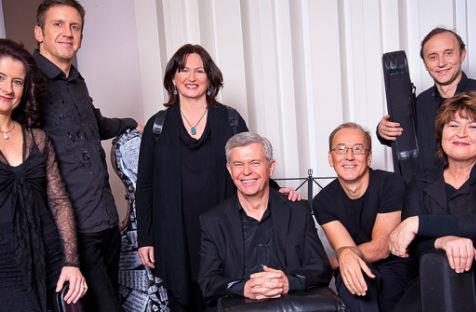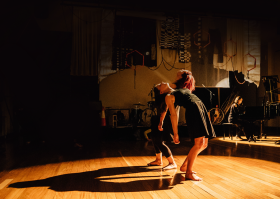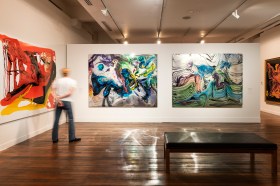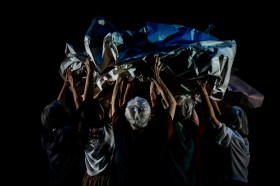It’s that horrible moment when you realise that it’s too late.
You may have, for instance, got carried away in an auction and, once the blood rush has subsided, and you have a bit more clarity in focusing on just what it was you purchased, you come to the conclusion that spending forty thousand dollars on a mint-condition Victorian doll may not have been the best of bargains (although to each their own, of course). Or perhaps you realise, plummeting towards a rampaging river, that you should have double-checked the bungee cord. Or maybe – just maybe – you’re the person tasked with printing and designing the wonderful programs for the Australia Ensemble, and, having printed out many, many copies, you discover (much to your frozen-faced horror) that you’ve put the interval in the wrong spot.
You’ve got it after the Goossens instead of the Nielsen, you see. And now you have to go and print another piece of paper – an insert, if you wish to use the technical term – to put inside the defective program to rectify this mistake. Oops. (Then again, maybe the program was correct at the time of printing, but the musicians later changed their mind about it. Who knows, dear reader, who knows.) Nevertheless, one applauds the interval being where it was. It was a good interval. A grand interval. A refreshing interval. And this concert at the Clancy Auditorium at the University of New South Wales was all the better for it, even if the music wasn’t entirely the best. (Although the program, apart from that minor misstep, was as informative as always – for what it lacks in graphical design, it more than makes up for by containing virtually the most detailed concert notes you’ll find anywhere in Sydney. Roger Covell, who has the credit for this, should be applauded.)
We began, as the program told us, with Ian Munro’s String Quartet No 2: A colonial sketch book. The performance was phenomenal. It was somewhat of a pseudo-world-premiere, too, as the third movement, a ‘late addition’ entitled Jack Doolan: a jolly bushranger ditty: With daring, was being played for the first time. Munro’s piece, with its basis in Australian folk tunes, isn’t one that grabs your mind and shakes until you submit, but rather it’s a more invitational affair, extending a weather-beaten yet clean hand to the listener. In the second movement, especially – Gargal Machree: Gentle – there’s a sense of pleasant perambulation, an engaging tour of sorts. The new third movement, too, was perfectly balanced in its return from relaxation. I was completely captivated.
Carl Nielsen’s Wind Quintet Opus 43, for flute, oboe, clarinet, horn and bassoon, was a more muted affair engagement-wise. Indeed, it wasn’t until the last movement that one really got a sense of the piece, and by then it was slightly too late. After the interval came the other highlight of the night, Eugene Goossens’ Pastorale et Arlequinade Opus 41 for flute, oboe and piano, which was delightful and remarkably fresh.
Brahms’ Piano Trio No 3 in C minor Opus 101 finished the evening, and fared much better than the wind quintet, though it was nothing truly spectacular.
Rating: 3.5
Concert 3
Australia Ensemble
Clancy Auditorium, University of New South Wales, Saturday 18th May 8pm
Ian Munro: String Quartet No 2: A colonial sketch book
Carl Nielsen: Wind Quintet Opus 43 for flute, oboe, clarinet, horn and bassoon
Eugene Goossens: Pastorale et Arlequinade Opus 41 for flute, oboe and piano
Johannes Brahms: Piano Trio No 3 in C minor Opus 101





